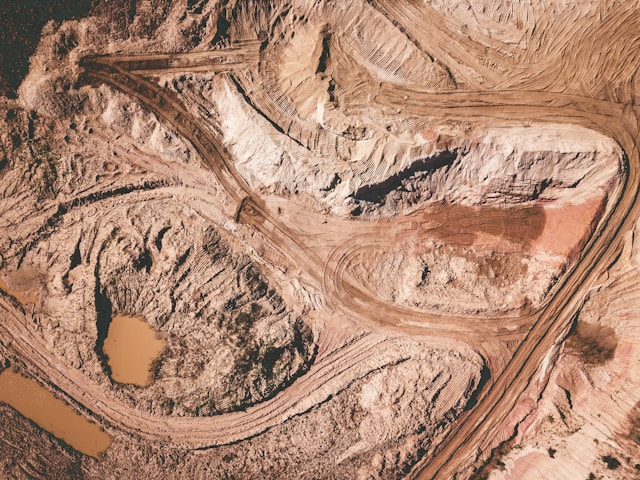Transforming Dirt into Dollars: Researchers Make Iron Out of Red Mud

Industrial waste is one of those problems most enterprises don’t really talk about. Not only are hundreds of millions of metric tons of waste generated every year but it is also hard to get rid of it. But what if most of this waste could be used to build new machinery, structures, and products?
This is now a possibility thanks to researchers who developed a way to process so-called “red mud” into iron. Red mud is the colloquial term for bauxite residue, a highly toxic, corrosive, and slightly radioactive byproduct of aluminum production. With about 180 million tons produced every year and 3 billion tons stored around the world, red mud is becoming more problematic.
Researchers found that by using an electric arc furnace and feeding it with hydrogen and argon, they could melt red mud to generate iron. After repeating the process several times, the team was able to extract almost 100% of what is theoretically possible: about 18%.
While the percentage could be considered quite low at first sight, the process’ potential to generate usable metal from red mud is incalculable. Not only is this iron of enough quality to be used directly in steelmaking and other manufacturing processes, but it’s also more environmentally friendly than any method used in the past.
One of the researchers, Dr. Isnaldi R. Souza Filho, said that the use of green hydrogen could “save almost 1.5 billion tons of CO2” if the billions of tons of red mud produced so far were to be used. This is more than half of the CO2 all European Union countries produce in a year.
As if this was not enough, researchers also estimate that as long as the red mud contains more than 35% oxygen, the process would be competitive when compared to generating iron in other ways. The costs of transporting and handling red mud also decrease with the process as it renders it non-corrosive and solidifies it, making it easier to manage.
With scientific consensus showing this is not only a viable but also profitable option, the problem of what to do with red mud is in the hands of the industry.

 Tech Steel & Materials
Tech Steel & Materials
Comments are closed